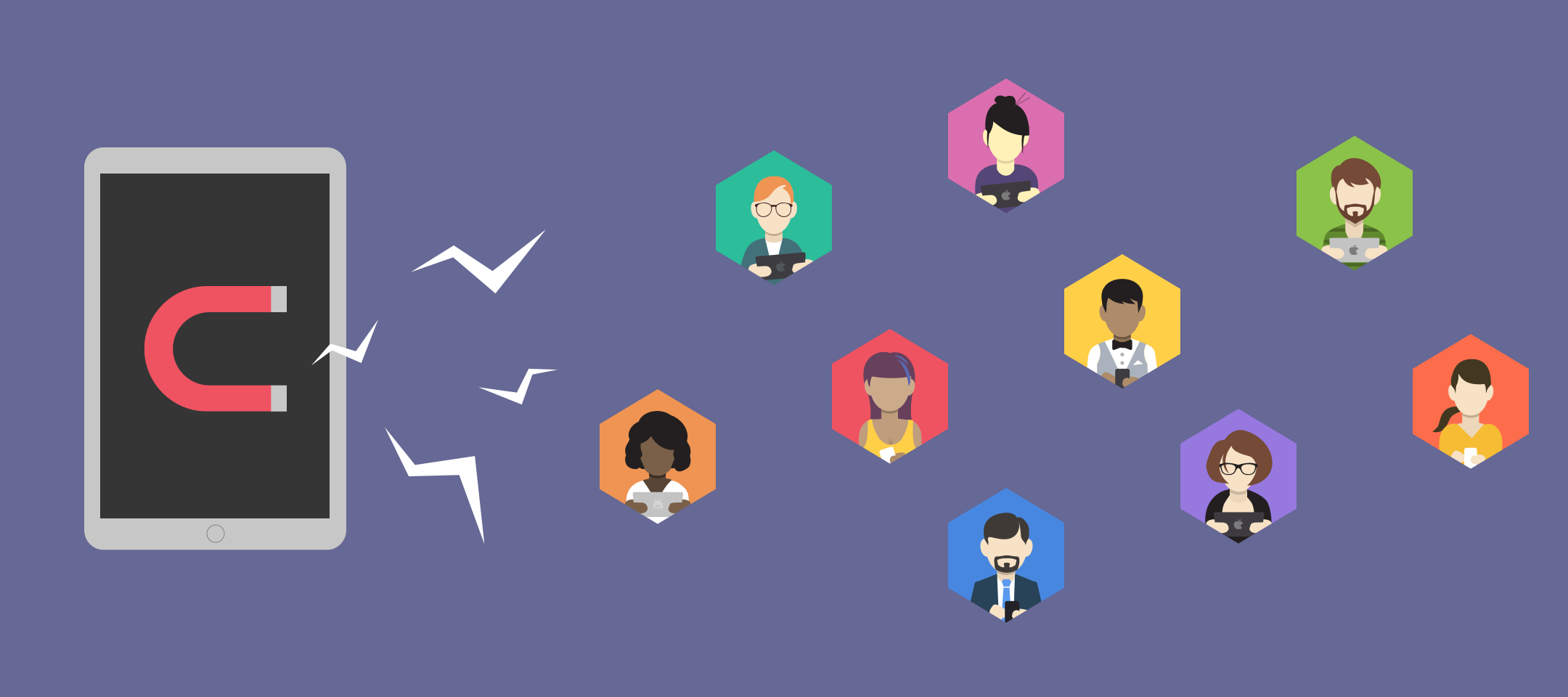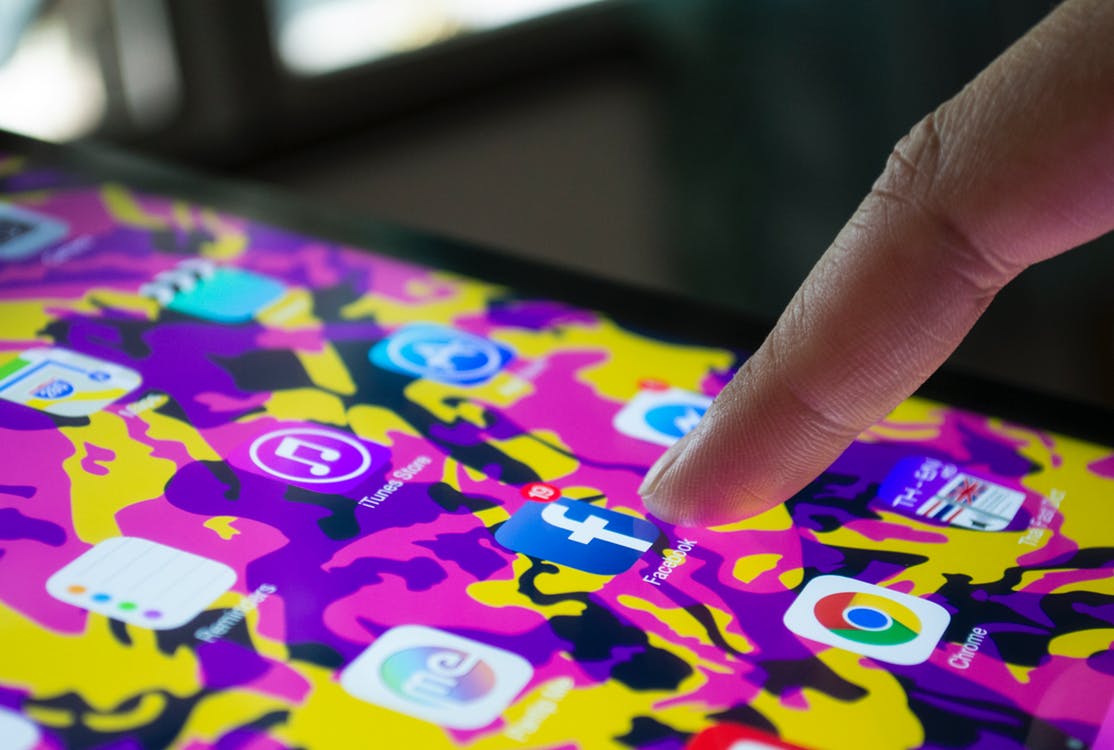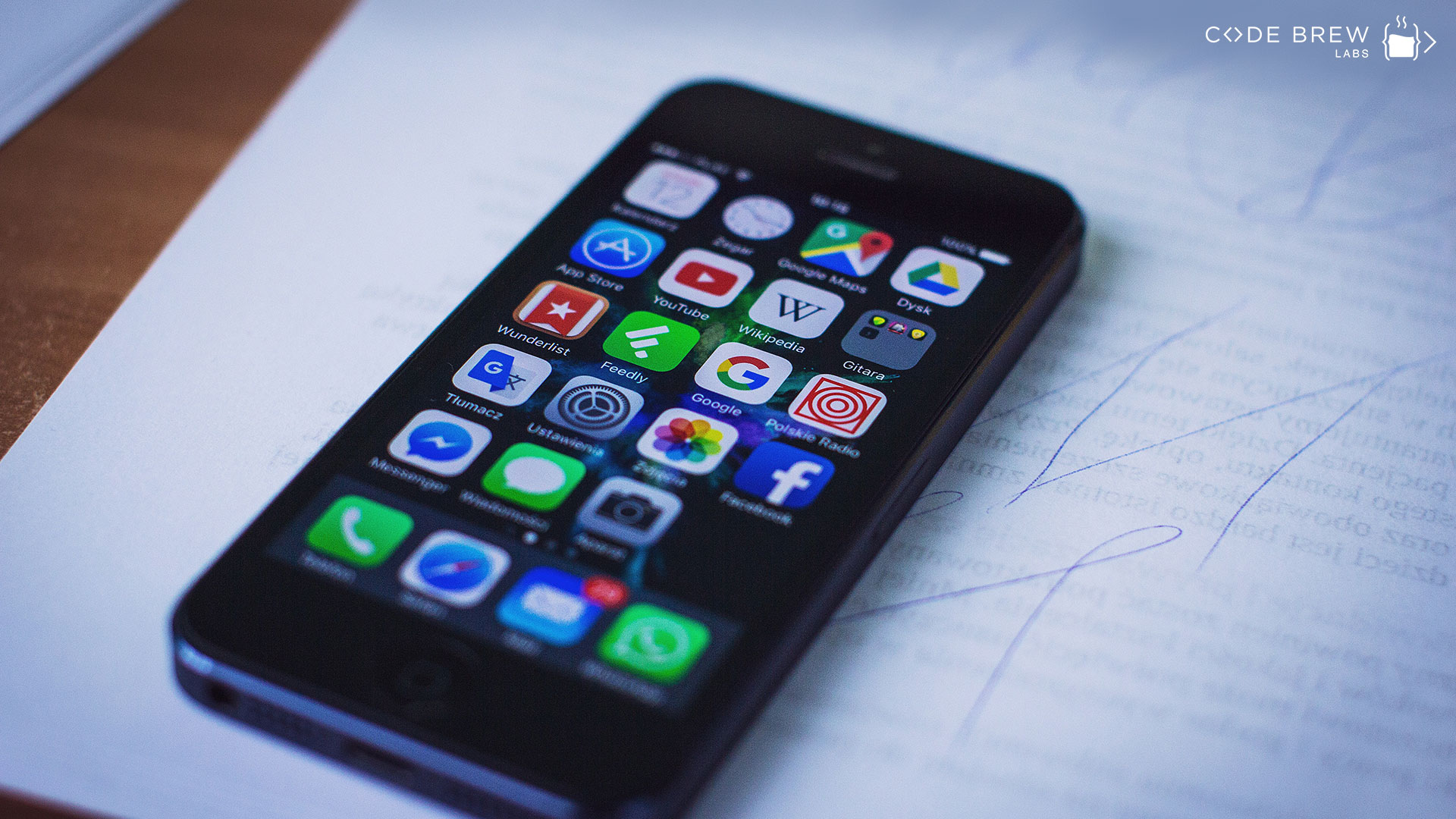User Acquisition
Hey guys, thanks for trawling through the web and finding our page – and also taking the time out to read this post. In this one, I’m going to start off with the first step for any successful app venture – User Acquisition. Now let me warn you – this is going to look simple, and there’s no hidden formula or complicated tactics that I’m going to be telling you about – just what it is, and nothing more. There’s too many forums and articles on the net that make it look like rocket science, and that’s not my goal here – if any of you want that, there are entire books devoted to this subject.
Having said that, Use Acquisition means exactly what it says – the art of acquiring new users, or customers so that they use, or purchase a particular company’s products and services. Here, it refers to the amount of users that you can get hooked to your app.

I also know that this sounds a teeny bit vague – so, User Acquisition can mean different things to different companies. For a company specialising in developing gaming apps, acquisition refers to the consumer installing and playing the game itself – for an eCommerce company, it may refer to a consumer making a transaction. This stage is where you outline your strategy for getting a user base.
There are of course, many ways and tricks to managing customer prospects and inquiries. In addition, there are different stages/KPIs set which are optimized over a period of time to get the desired results e.g. Install, Registration, Transaction, Average time spent, ARPU (Average revenue per user), MAUs, DAUs and others.
While I will be looking at all of them in detail as we continue, let’s do a small overview. I’m going to divide the methods of user acquisition in two parts: Paid and Non Paid. (The salaries cost is separate)
Paid:
1- Adwords
People have heard of this thing called Adwords – this is perhaps the most widely used tool for keyword searches. Now, many also have a surface understanding of Adwords, but this is mostly an intuitive platform – meaning, you need to tweak your brain into thinking like the consumer might. Adwords is a classic Real Time Business platform (This is a Pull Marketing strategy)
On Adwords, you can run Google search ads on keywords specific to your business. For example, if you sell shoes, you would be bidding on words and search phrases like “buy shoes online”. If you are an on demand Home services Business, you would be bidding on “Need a plumber/electrician in San Francisco”. Thus, you can run app install campaigns based upon various relevant keywords to your specific product/services.
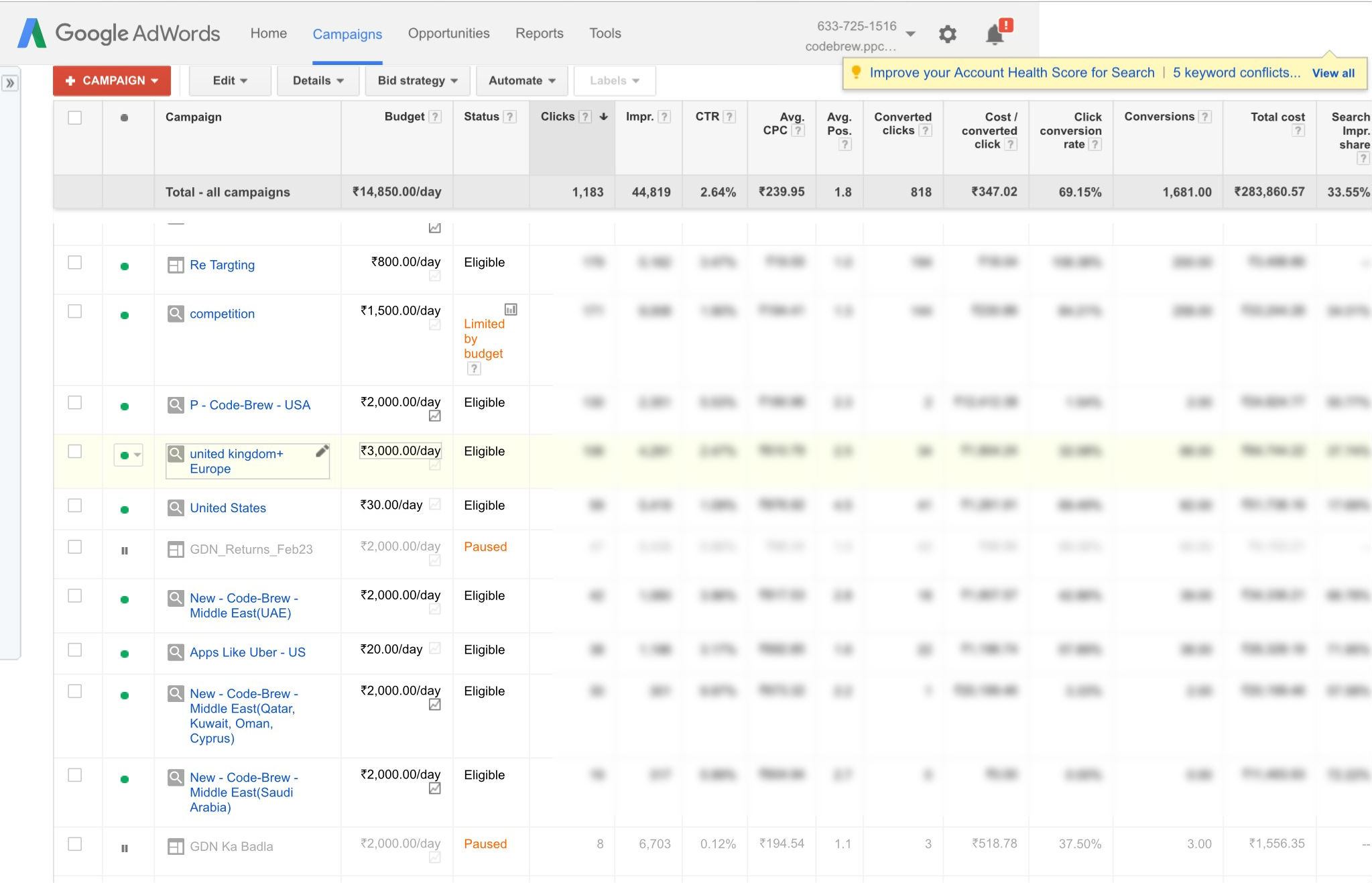
Creativity, ingenuity and research are required to run ads on keywords – like I said, you NEED to understand consumer behaviour and what they are likely to use in reference to YOUR product or service, so that you don’t waste money on search terms that are highly unlikely. It’s like being a fortune-teller on social media with people’s keywords.
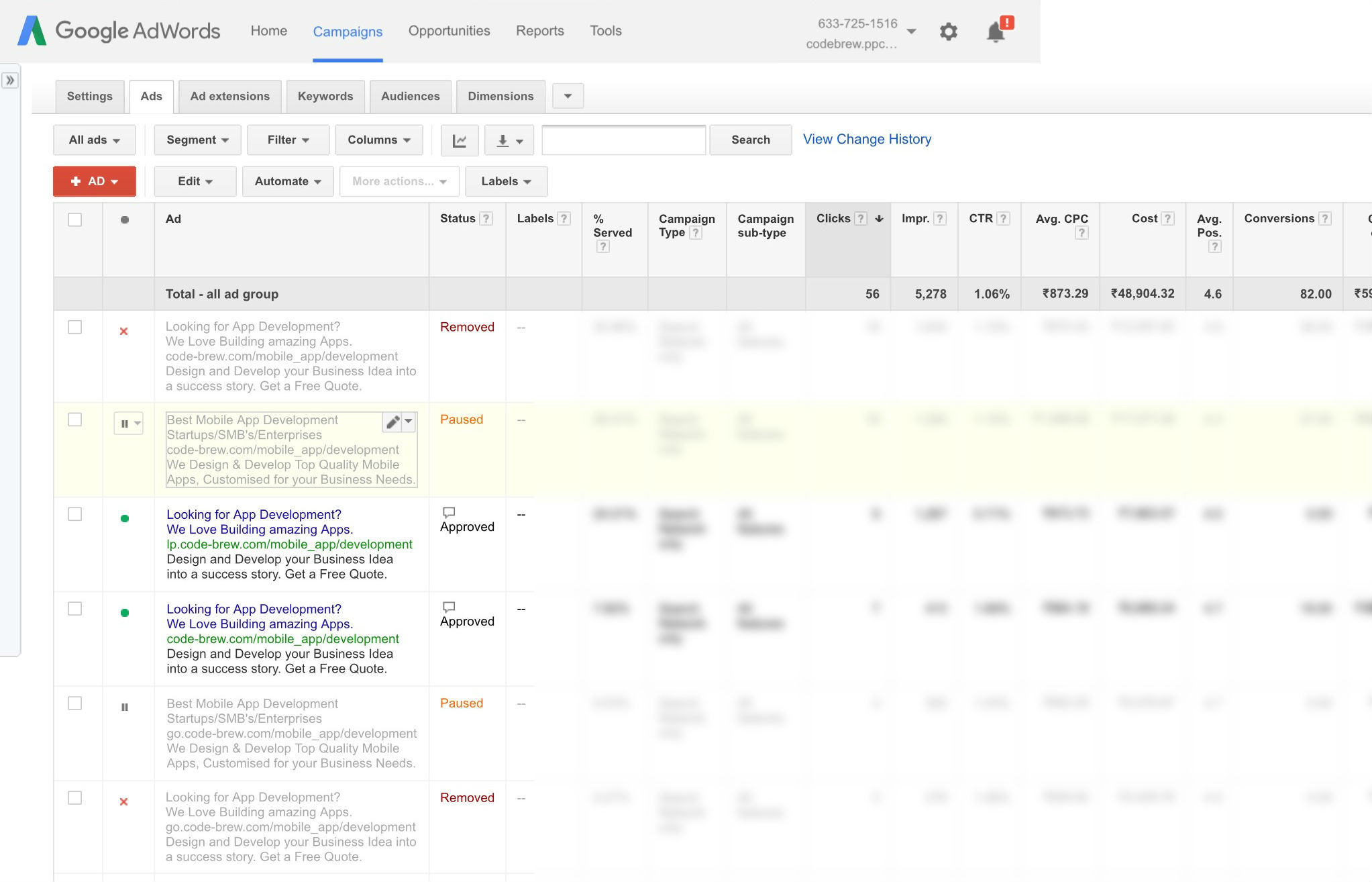
2- FB paid advertising
This is more of a Push Marketing Channel both for branding and performance Marketing. Push marketing is like being annoyed by a pushy person – you know that irritating guy who keeps talking about one thing that he’s obsessed about, and eventually you just give in and see what he’s really talking about? You have to be that guy. In this mode, you target consumers that may not have an interest in your product at all, so that they are compelled to at least try your product, if not become a potential consumer.
Facebook is a very powerful platform for social marketers for a variety of reasons. I mean, you’re on Facebook and are probably hooked to it. If not, you spend AT LEAST 20 minutes on it every day.
Taking a look at their numbers might help. Facebook has a standing user base of 1.86 Billion active users per month, having far surpassed the 1 Billion category in 2012. 85% of these users are based outside the Unites States, indicating its spread.
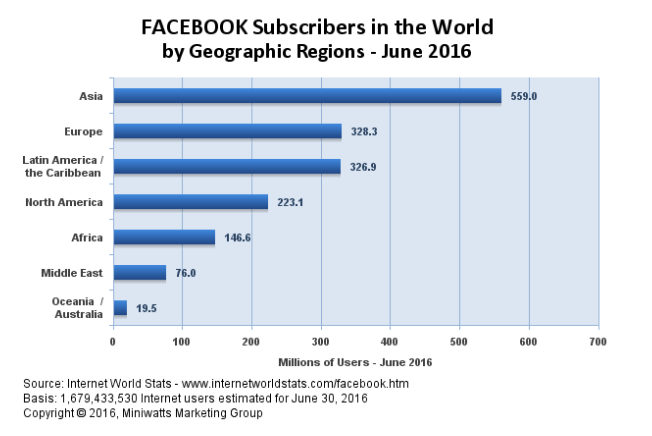
This table indicates the region-specific spread for the number of Facebook users – showing you that marketing on this platform, if not effective, will at least be visible to a large amount of people.
Facebook is also versatile when it comes to its advertisements. There are two main categories of advertisements – RHS and Newsfeed.
Facebook right side ads (RHS) are advertisements that appear on the right column of the Facebook platform. These are highly flexible, as you can target by location, demographics, interests, behaviours, connections, as well as custom audiences. However, these can also be very random for the unconcerned user.
Right Side Ads are actually on the decline as of now, with the arrival of Newsfeed ads in 2012 – however, for visually appealing, dynamic ads, RHS Ads are supposed to be the go-to option.
Newsfeed ads are those that appear in the User’s feed itself, and are known to have a click-through rate 44 times higher and a conversion rate five times higher than right-side ads. Simply put, users are more likely to click on these – since they just show up in your feed, begging to be clicked on.
Both types of advertising can be effective, depending on what you want – Newsfeed ads have to be more relevant nature since they are in your face. RHS ads can suffer from less engagement, but can be more good-looking, spontaneous and wackily interesting for the user to engage with.
Another thing I’ve been seeing lately, is that companies have stereotyped Facebook for B2C companies. Now guys, this is a myth. Nowadays everyone, from the CEO of a company to your laundry guy are likely to have a Facebook account, which makes these interactions Human-to-Human – and hence there is a greater scope for targeting people and businesses. The right kind of marketing can easily overcome this stereotype.
3- Affiliates
Affiliate marketing is basically outsourcing – in disguise or otherwise. A parent company/business may hire an advertising agency, or ‘affiliate’ to do its marketing for them, while they focus on product enhancement and other crucial aspects. Simply put, let the professionals come in and do their job.
There are literally hundreds of Agencies/Networks which offer advertising inventory on various models like CPT (Cost per transaction), CPI (Cost per Install), CPR (Cost per Registration). Don’t get nervous about these acronyms, they mean exactly what they say – its like a subscription. This does not vary from one geographical region to another, and is pretty much universal.
There are 2 types of Installs (placements within the app) which are offered by Affiliates when it comes to app marketing:
- Incentivized: These are basically low quality installs (some would call them cheap tricks) but are cheaper in price. These type of Installs are encountered as follows:
Say that you are playing some Mobile game (Angry birds, for that matter) and you are stuck at a particularly hard level. Then, the affiliate may show you a popup of an app (let’s say it’s the Amazon mobile app). If you download this app, then they promise to get you to the next level, giving you some incentive, regardless of how interested you are in the app. The user hence downloads the app but not from the intent of using it but to get to the next level in the game.
All of these are basically lures, which is why it’s a little bit of dirty marketing.
Generally, these installs result in very high uninstall rate (As high as 90%) because for users, this is just a cheat-code to beat the game and unlock more of its content. Let’s face it, you’ve been on this side of the scene, and have often cleaned out your phone for unnecessary apps from time to time. This obviously isn’t good news for you as an owner of the app.
Another way of incentivized installs is using offer walls in apps like mCent, Earn Talk-Time and so on. In this case, the user will get prompts such as “Download the Amazon App and get $5 free talk time”. Again, the user installs the app just for the sake of getting the free talk time instead of using the downloaded app.
Now the obvious question you’ll ask is, Why do such methods exist, if they’re not really that effective, and just shady? If anything, it just seems to be irritating for the user. However, there are two reasons for this.
Negative: Nowadays, a lot of funded companies face intense, quick performance pressure from their investors. In an attempt to show that their company is doing just fine, these ‘vanity’ metrics take the front seat and the number of installs are seen as an indicator for the growth of the company. Of course, this is stupid and is not a proper estimate of company performance.
Positive: If incentivized installs are strategically handled, they can give very good performance metrics. This is related to the ranking algorithm of the Google Play Store and Apple’s App Store. If you rank higher, your app enjoys a higher amount of organic installs, which increases your discoverability. Installs that follow, hence, are high quality installs with your app occupying a prominent place in the market.
Now all this may just be jargon – but this only means that Google and Apple have their ways of ranking apps. The better the rank, the better it is for your app.
While Google or Apple do not openly reveal their ranking algorithms, the things they use to measure this are: pace of installs, reviews and ratings.
Pace of installs is the quickest way of changing one’s app ranking. Here, incentivized installs can be pushed in huge numbers (where you use these shady tricks to push your app for a small time-period) again giving it the organic edge later.
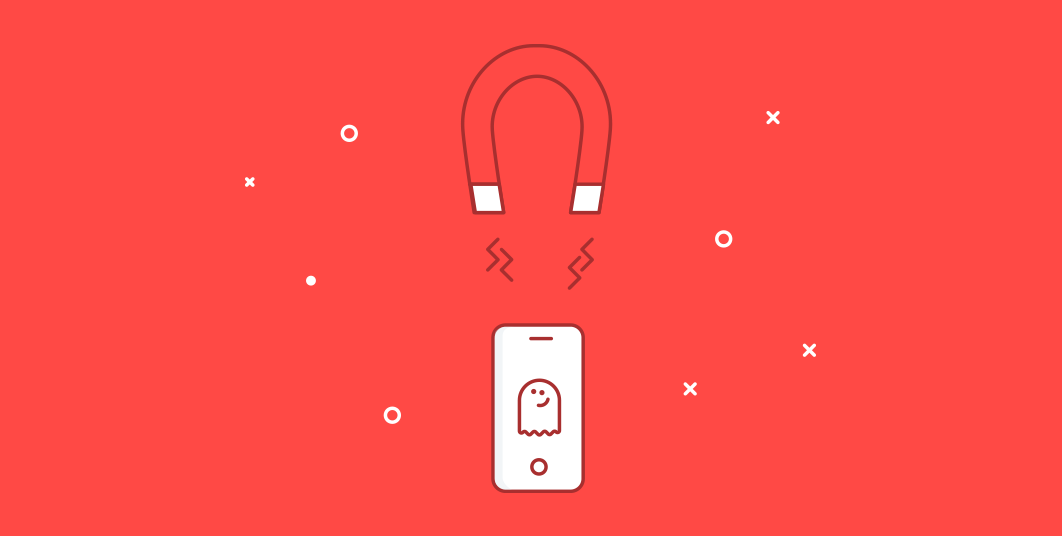
- Non-Incentivized Installs
These are genuine quality installs which are obtained via genuine ad inventory where your app’s promotion is done in a more legitimate manner.
The main advantage associated with Non-Incentivized installs is the average user LTV (life-time value).
Now these are the guys who really dig your app, and are using it. So, them installing and using it is known as “organic” traffic. They are also more likely to keep and use it. There are many ways of going about this, but the most sure-shot way is to have an engaging app in the first place, so that rewards and other such are relevant to the user, who is more likely to develop a healthy relationship with the app. Basically, make a kickass product for a kickass response.
4- Media Buying
In the advertising world, Media Buying refers to media Inventory which is bought in advance in a shot. These are generally Manual Deals for the advertiser instead of Real time Bidding Platforms, like Adwords, and hence require foresight and immense planning capabilities – spending in a burst can also result in losses in the same burst. It’s like throwing a lot of money all at once, but can be risky if you don’t know what you’re throwing it for.
Media Buy can include buying a slot on the Facebook log-out page (It is one of the premium properties of FB) Here, your advertisement will remain there for 24 Hours, visible to users in the location of your choice. Similarly, one can also buy: Yahoo mail Login Page, Rediff inventory and lot of other inventories.
Non Paid
1- Alliances
Alliances are generally formed between two complementary services/products to benefit each other. Hence, they are symbiotic – when it is win-win for both parties, that’s a good thing right?
These Alliances can be strategic or of a Transactional nature, where you can exchange goods and services instead of money, like the good old fashioned barter system.
Let’s say that you’re a maternity clothes seller (don’t ask why, just think about it) and there’s another business that sells baby toys. Both of these can cosily partner up and generate more sales for each other by giving sweet package deals – and expand your consumer range in the process. This is what I call a Transactional Alliance.
Now let’s say that the Baby Toys seller is a big player – much bigger than the maternity clothes seller. Then, the Toys seller can list products from the Maternity category, and feature the small guy’s products on their list – making sure that all operations are in place to ensure their entry in this market. Eventually, the big player will acquire the small player (or form an association with the Maternity clothes seller), adding to the total revenue and market cap. This is called a Strategic Alliance.
2- SEO/ASO
This is only too familiar. Search Engine Optimization is extremely hot in the market right now, and there are more than enough resources that deal with it online – good, simple tutorials and so on. On request, I’d be more than happy to share these with you.
Now, if you’re doing your own research, you’re bound to reach this dark, dark place called Black Hat SEO. Obviously I’m being dramatic, but let me just say a few words on this.
Black Hat SEO techniques are those which will end up using loopholes in search engine technology to rank your site higher in the results pages. Like spamming your website with keywords that are completely out of context. Or add hidden text with keywords, which the search engine can detect but the user cannot. Or use extremely small text. Sneaky, right?
You might snigger and say I might as well… But is that cool? Absolutely not! Not if you want your site to run for long anyway. Google is the big daddy when it comes to this – they’ll find you eventually, and you’ll just be left feeling stupid when your site is taken off the listing altogether. If you think you’re being smart, think about the people who run and manage Google itself – they’re probably smarter, with better tech in their hands. Rather play safe, right?

3- Social Media
Content creators are in high demand nowadays – and creative ones are headhunted – as are social media managers! Generating quality, kickass content is important, but what’s the use of all that content if it can’t be spread?
I’m not going to elaborate on this further. Why? The reason is because there is no formula to generating quality content – you have to experiment, be creative, and keep at it for a while before you kill it out there – and the capacity for learning differs from person to person. So sorry guys, this is something you’re going to have to figure out on your own, or hire a professional to do it for you.
Also, I don’t really have to tell you how important and cool social media is, do I? We live in the digital age, where sometimes, people spend their every waking second in the virtual world. Social media connects people across the globe, forms identities and choices, and is perhaps one of the most powerful tools that the free marketer has at their disposal. Exploit it!
So here it is – my two cents for you guys on User Acquisition. I’ve tried being as off hand, and as to the point as possible. If you guys have any doubts, then do drop us a comment or two – or get in touch with us, and we’ll try helping you in any way we can. For heavy technical stuff, you can do your own research online – this is just to give you a little boost and generate interest about what it is that you can do when it comes to Mobile App marketing.
I’ll be following it up with more posts soon, so stay tuned, and happy reading!
